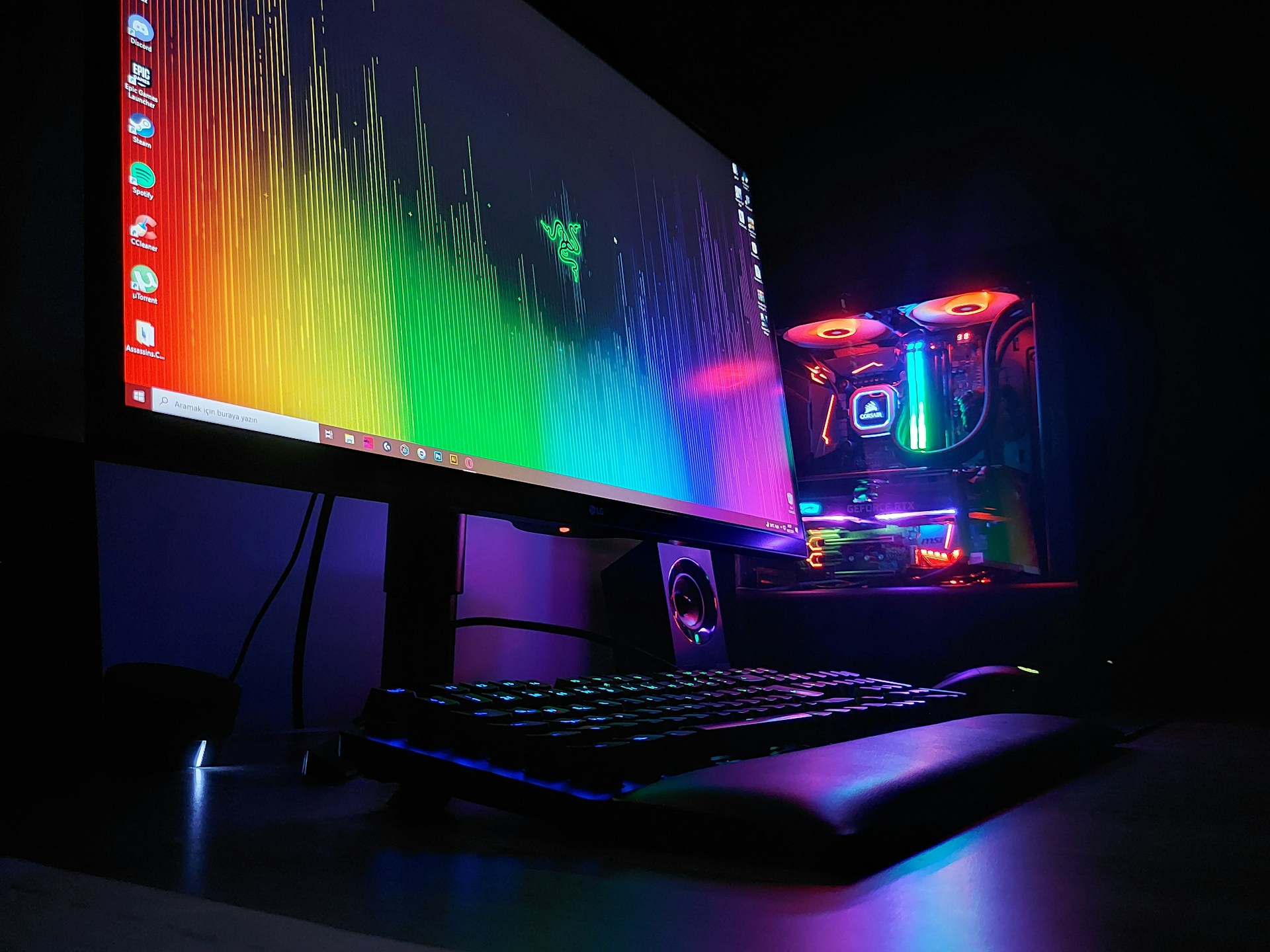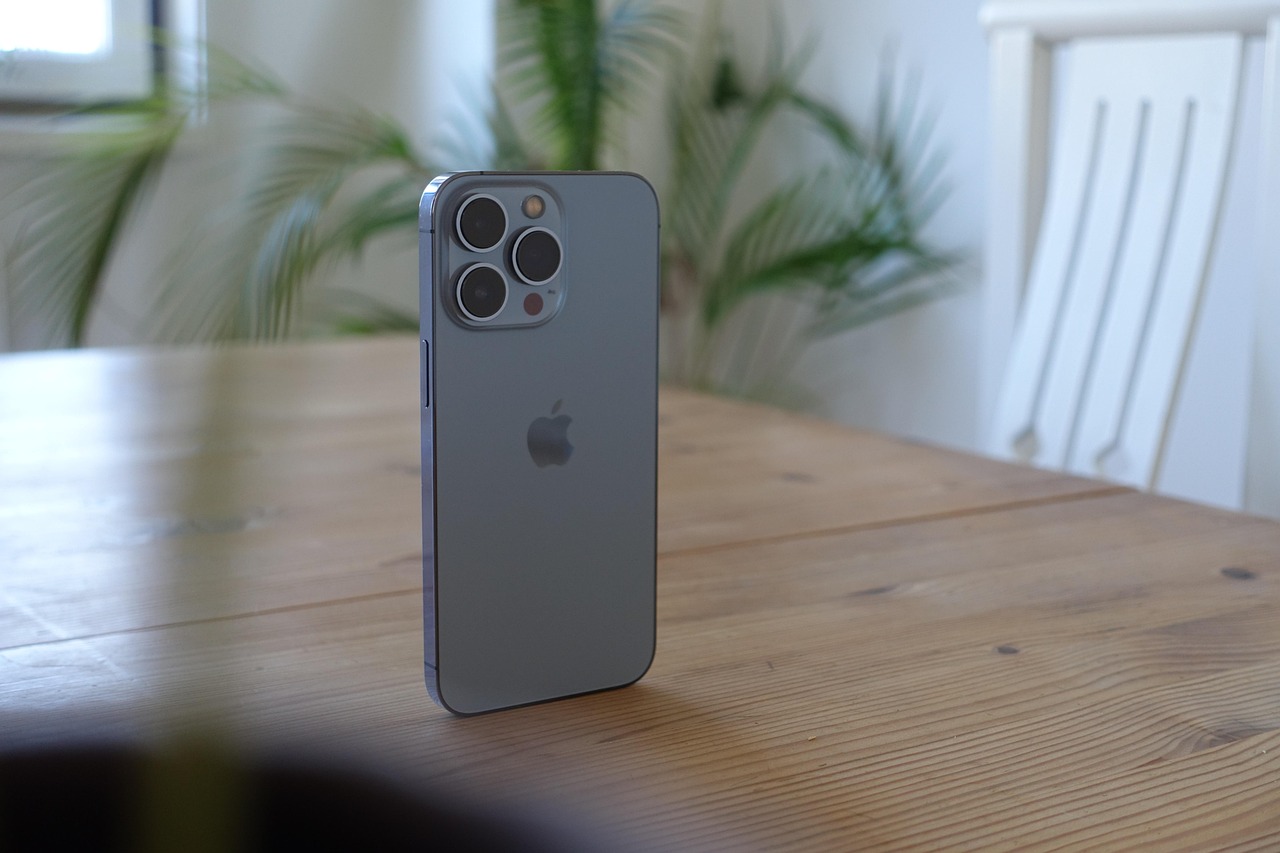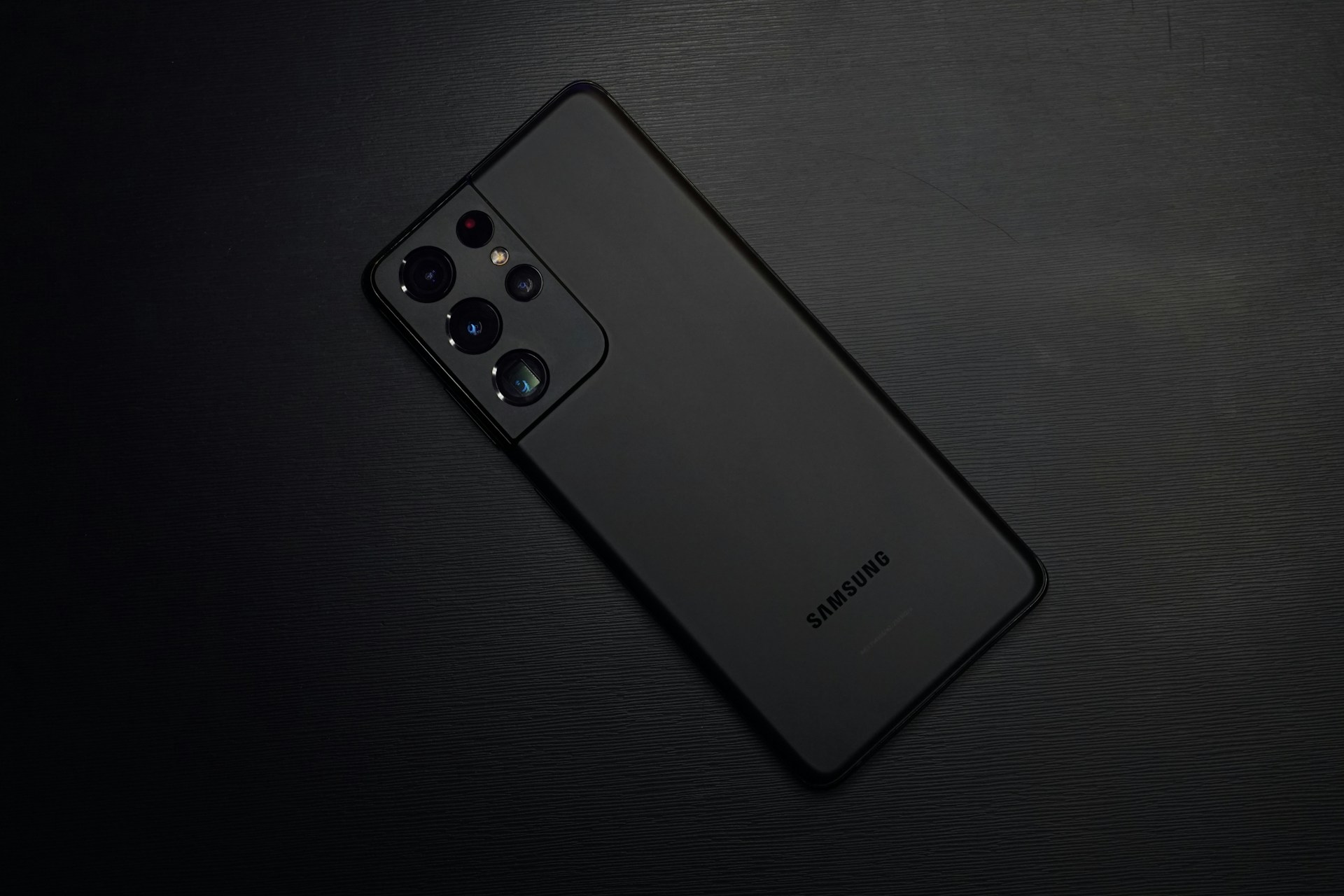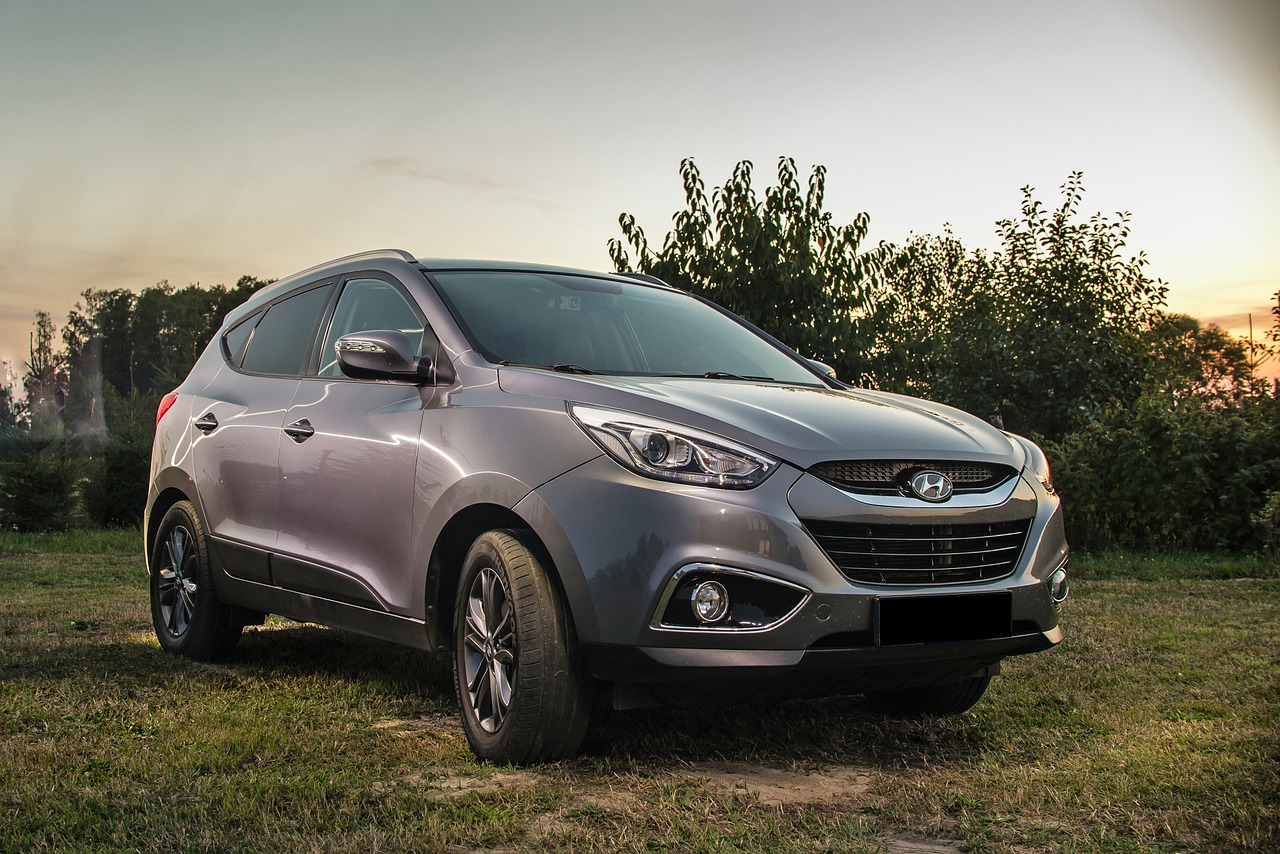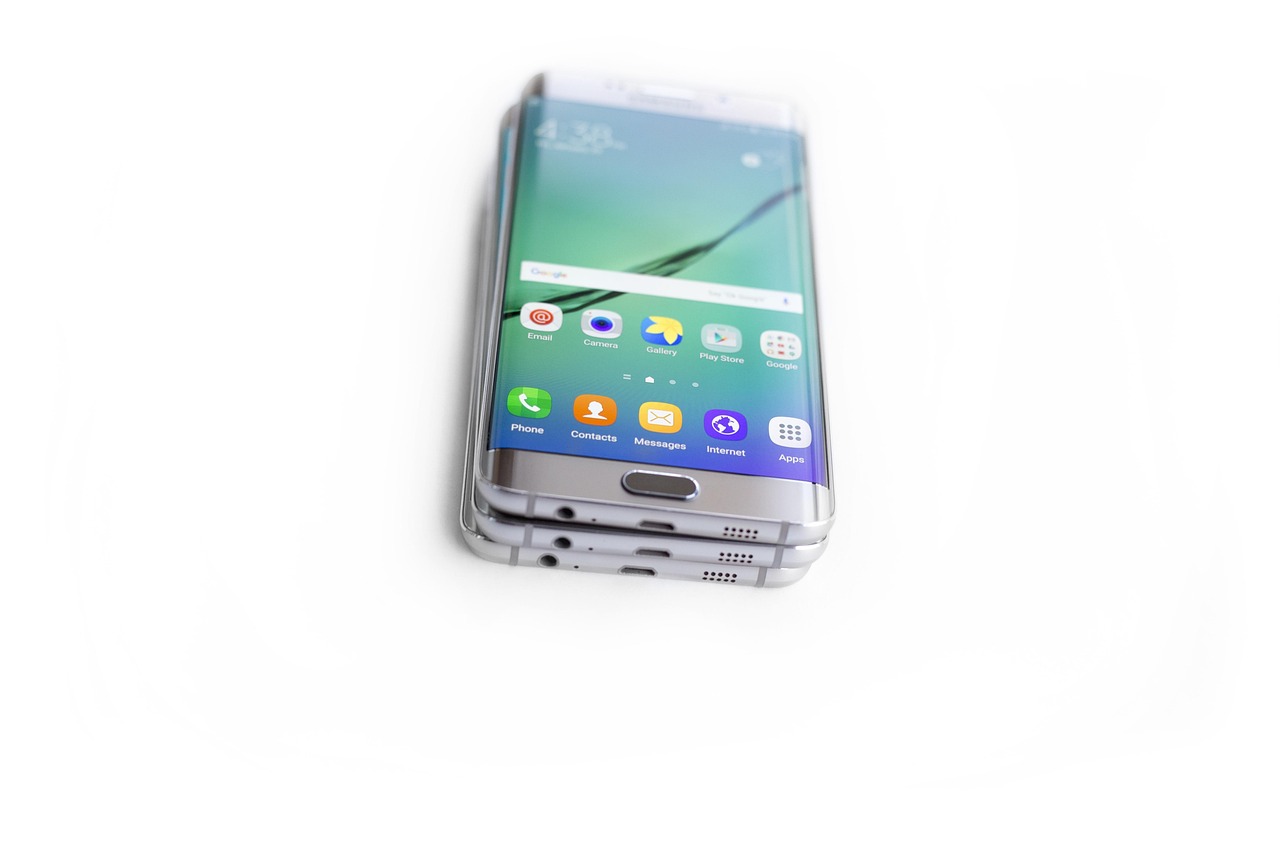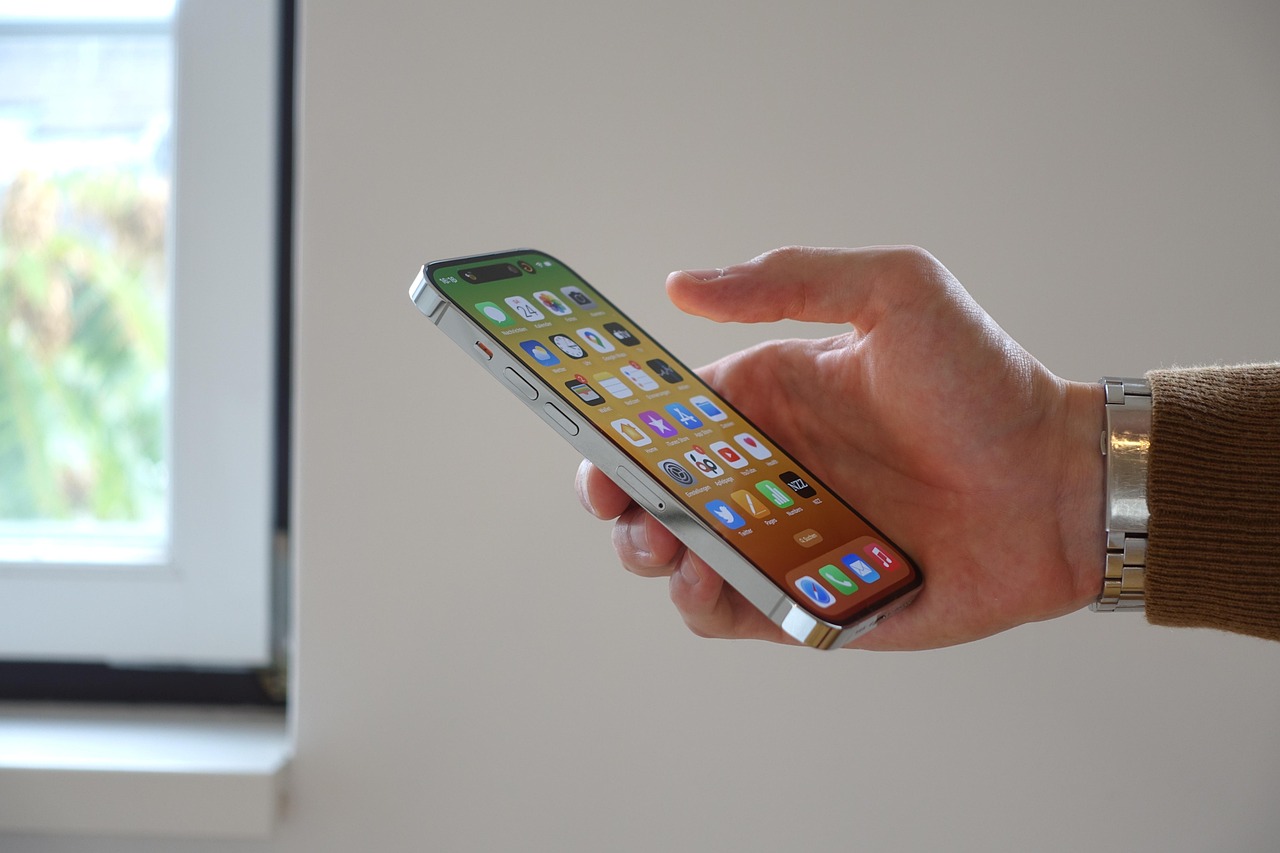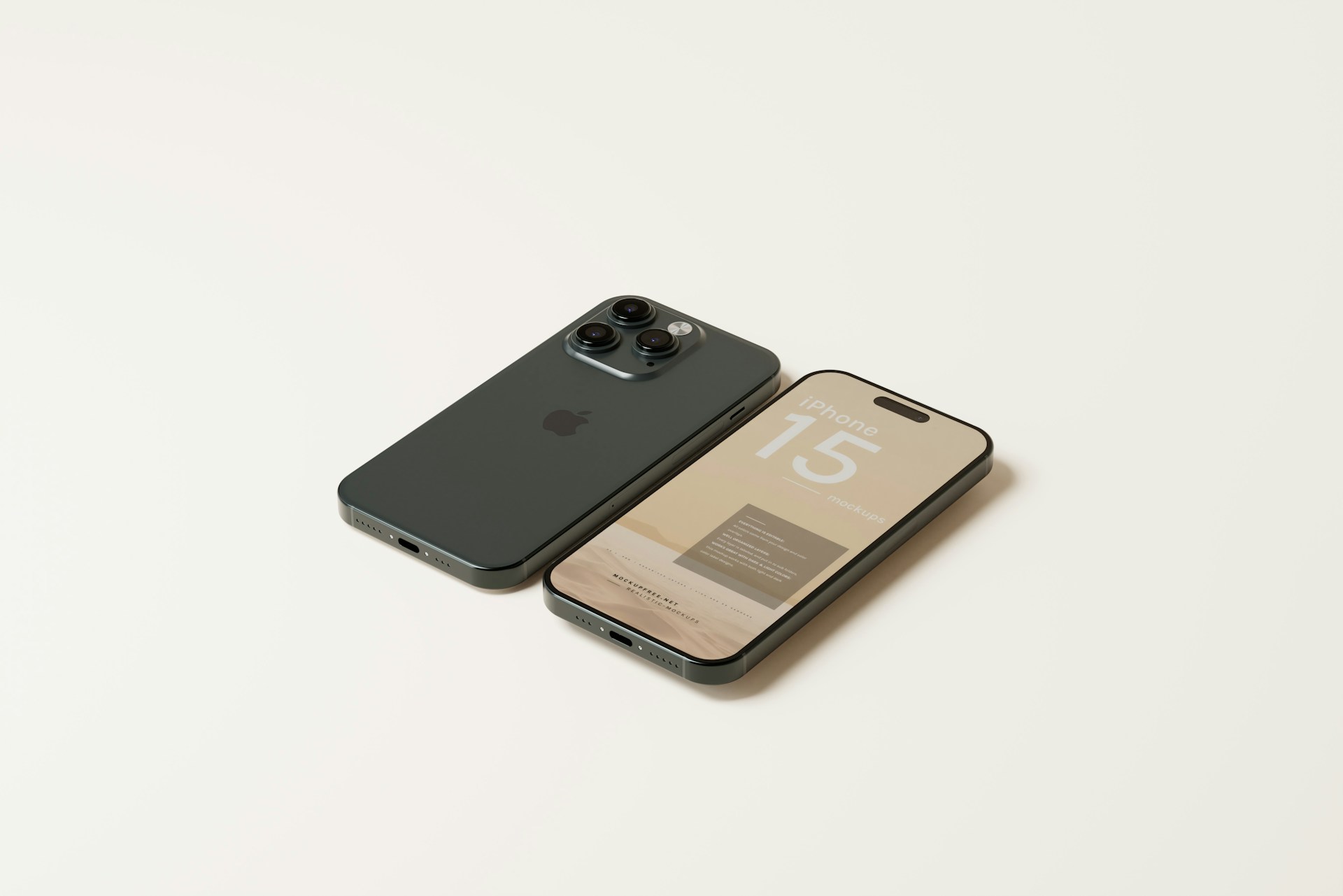iPhone 15 vs. iPhone 14: Is It Last Year’s Pro in Disguise?
A Step Forward for Apple’s Base Model
While the iPhone 14 delivered a solid user experience, it lacked significant upgrades over its predecessor. Apple’s latest base model, the iPhone 15, makes up for this by introducing several key improvements, including a better camera system, a faster chipset, and refined design elements.
The most exciting change is the new 48MP main camera, which significantly enhances image and video quality. Additionally, the iPhone 15 is powered by the A16 Bionic chip—first introduced with the iPhone 14 Pro and Pro Max in 2022—offering a notable performance boost.
Other upgrades include the adoption of the Dynamic Island, which replaces the traditional notch, and subtle design refinements that enhance comfort and aesthetics. Let’s explore how the iPhone 15 stacks up against the iPhone 14 in greater detail.
Key Differences Between iPhone 15 and iPhone 14
- Processor: A16 Bionic (4nm) vs. A15 Bionic (5nm)
- Brightness: Peak brightness of 2000 nits vs. 1200 nits
- Dynamic Island: Replaces the notch on iPhone 15
- Camera: 48MP main sensor vs. 12MP on iPhone 14
- Port: USB-C replaces Lightning
- Design: Subtle updates with a matte-textured back and curved edges
- Battery: Same size on both models
Design and Display: Subtle Yet Meaningful Updates
Apple remains consistent with its design philosophy, so the iPhone 15 doesn’t stray far from the familiar aesthetic. However, the new Dynamic Island, previously exclusive to the Pro models, replaces the outdated notch on the iPhone 15, giving it a more modern look.
Another key change is the adoption of a USB-C port. While this aligns Apple with global standards, its implementation in the non-Pro models lacks the enhanced functionality seen in the Pro lineup, such as faster data transfer speeds.
The iPhone 15 also introduces a matte-textured back panel, paired with slightly more rounded edges on the aluminum frame. These adjustments may seem minor, but they make the device more comfortable to hold, offering a tangible improvement in hand feel.
Size-wise, the differences are negligible. The iPhone 15 is marginally lighter than its predecessor, contributing to its enhanced ergonomics.
Performance and Hardware: A Leap Ahead
The iPhone 15 is powered by the A16 Bionic chip, delivering faster processing speeds and better energy efficiency compared to the A15 chip in the iPhone 14. Built on a 4nm process, the A16 enhances overall performance, particularly in gaming and multitasking.
In terms of display, the iPhone 15 boasts nearly double the peak brightness at 2000 nits, making it more vibrant and easier to view in bright sunlight compared to the iPhone 14’s 1200 nits.
Camera: 48MP Revolution
The camera system is where the iPhone 15 truly shines. With its 48MP main sensor, it offers sharper images, better low-light performance, and greater versatility for photography enthusiasts. In comparison, the iPhone 14’s 12MP sensor feels dated, even if it still delivers reliable results.
Apple’s computational photography advancements further enhance image quality on the iPhone 15, especially for portrait shots and video recording.
Port and Connectivity: USB-C Transition
Perhaps the most talked-about change is the shift from Apple’s proprietary Lightning port to USB-C. While this move aligns the iPhone with most modern gadgets, it doesn’t introduce significant functionality changes for the standard iPhone 15 model.
Final Thoughts
The iPhone 15 represents a meaningful upgrade over the iPhone 14, with improvements in performance, design, and camera quality. For users coming from an older iPhone, the iPhone 15 is an excellent choice that combines cutting-edge features with a more refined design.
However, for iPhone 14 users, the upgrades may not be compelling enough to justify a switch unless the enhanced camera or Dynamic Island is particularly appealing. Ultimately, the iPhone 15 feels like a refined version of the iPhone 14 Pro, offering high-end features at a more accessible price point.
